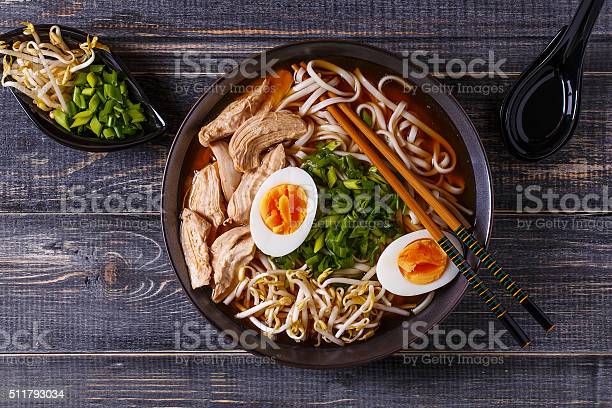Do you crave a unique dish that will make all your friends do a double-take? Or perhaps you’re looking to add some eye-catching pizzazz to your next party or event. From cupcakes to pies, one sure way to draw attention is through adding vibrant colors – and nothing says fun like the color purple! Sure, there are store bought food dyes out there, but why not get creative and how to make purple food coloring at home? Read on for our tips on creating this exhilarating hue in the kitchen.
What is food coloring?
Food coloring is a substance that adds color to dishes, desserts and beverages. Commonly used foodyes are made of synthetic chemicals natural ingredients such as vegetable juice spices. food coloring has become increasingly popular in recent years due to its health benefits.

What is food coloring?
The different types of food coloring
When it comes to adding color to your dishes, there are two main types of food coloring – artificial and natural. Artificial food coloring is made up of various synthetic chemicals and will generally give a brighter hue compared to all-natural food dyes. Natural food dyes are created using fruits and vegetables as the main ingredients, such as beets, turmeric and spinach.
The benefit of making your own purple food coloring
Making your own food dye at home is an excellent way to achieve a unique and vibrant color without the use of artificial or unhealthy ingredients. Homemade purple food coloring can be created from natural ingredients such as blueberries, blackberries and grapes, which are all packed with antioxidants that are beneficial for health. Plus, it’s super easy to make and you most likely have the ingredients in your kitchen already.
How to make purple food coloring at home?
Now that you know what food coloring is, let’s dive into our step-by-step guide on how to make purple food coloring at home.

How to make purple food coloring at home?
Ingredients:
-1/2 cup of blueberries
-1/2 cup of blackberries or grapes
– 2 tablespoons of lemon juice
– 2 cups of water
Instructions:
1. In a medium saucepan, combine the blueberries, blackberries or grapes with the 2 cups of water and bring to a boil over medium heat.
2. Reduce the heat to low and let simmer for 10 minutes stirring occasionally.
3. Strain out the solids from the liquid using a fine mesh strainer into a bowl and discard the solids.
4. Add the lemon juice to the liquid and stir until combined.
5. Pour the mixture into a glass jar or other airtight container and store in the refrigerator until you’re ready to use it.
Things that affect colors of purple food coloring
Now know how to make purple food coloring, but what can affect the color of the final product? Here are some things to keep in mind:
1. The types of fruit – Different fruits will yield different colors, such as blueberries for a bright purple or grapes for a deep violet shade.
2. Cooking time –The longer the mixture is cooked, the darker the color will become.
3. pH levels – The acidity of the mixture can affect the color, adding more lemon juice will make it a lighter color and vice versa for darker colors.
4. Amount of liquid – The amount of liquid used in the recipe affects the concentration of your food dye, so using less water gives you a stronger purple color.
5. Storage – Storing the food dye in an airtight container and refrigerating it will help preserve its color.
How long does it take to make purple food coloring?
Making your own purple food coloring at home is quick and easy. The whole process should take around 15 minutes, including the cooking time of 10 minutes. Once you have strained out the solids from the liquid and added the lemon juice to it, its ready to use in whatever way you’d like. And don’t worry, the food dye will keep in the refrigerator for up to two weeks.
What are ratio for the perfect purple food coloring?
The perfect ratio of fruits and liquid for making purple food coloring varies depending on the desired outcome.
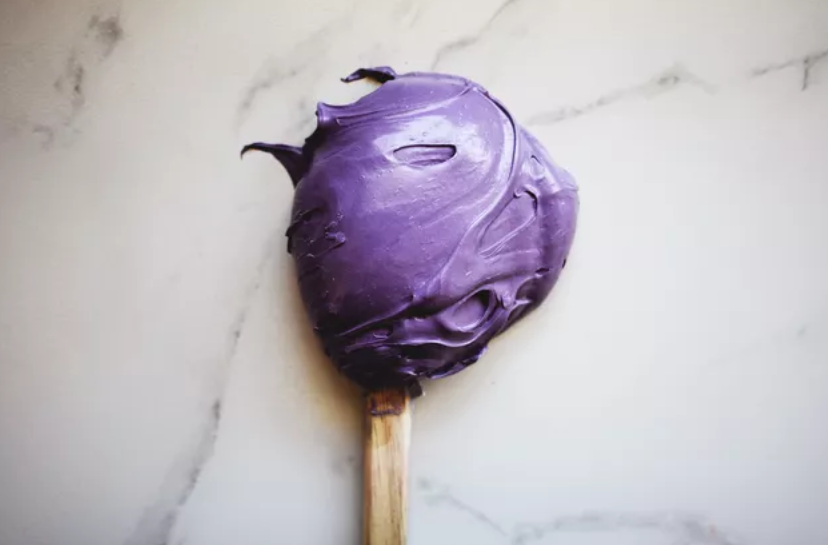
What are ratio for the perfect purple food coloring?
– The ratio for basic purple color: 1/2 cup of blueberries, 1/2 cup of blackberries or grapes and 2 cups of water
– The ratio for a brighter purple color: 3/4 cup of blueberries, 1/4 cup of blackberries or grapes and 2 cups of water
– The ratio for a darker purple color: 1/2 cup of blueberries, 1/4 cup of blackberries or grapes and 1/2 cup of lemon juice
– The ratio for a vibrant purple color: 3/4 cup of blueberries, 1/2 cup of blackberries or grapes and 2 tablespoons of lemon juice
– The ratio for a lighter purple color: 1/4 cup of blueberries, 3/4 cup of blackberries or grapes and 2 cups of water
Tips for using purple food coloring safely
When using food dye, it is important to use it with caution as it can be a health hazard if not handled correctly. Here are some tips for safe usage:
1. Keep out of reach from children and pets – Food dyes should always be kept away from kids and animals as they may become ill if ingested.
2. Wear protective gloves – Gloves should be worn when handling food dyes to protect your skin from possible irritation.
3. Limit your consumption – Too much of anything can be bad, even food dye so only use the recommended amounts in recipes and don’t eat large amounts of purple-colored dishes or drinks.
4. Check the expiration date – Expired food dyes should never be used as they can cause harm to your health.
Troubleshooting and advice for working with purple food coloring
When working with homemade food dye, here are some tips to keep in mind:
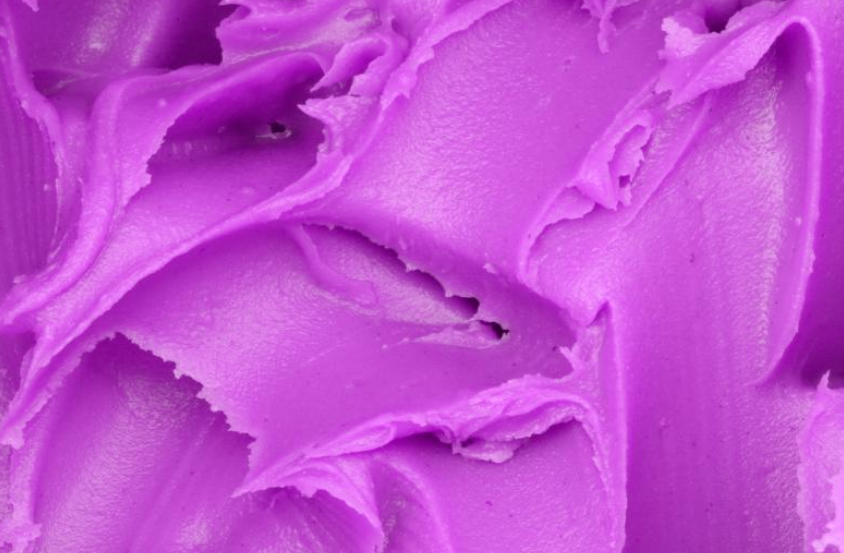
Troubleshooting and advice for working with purple food coloring
1. Start off with a small amount of food coloring and add more as needed. Too much food coloring can make dishes unappetizingly bright so use it sparingly until you get the desired color.
2. Be sure to mix the food dye into your recipe thoroughly to get an even color.
3. When working with frosting, start by making a small batch and then add more food coloring until you get the desired hue.
4. Keep in mind that some fruits may not yield as vibrant a color as others, so experiment with different types to get the desired results.
5. It helps to have more than one food dye option on hand, as some recipes might require different colors.
How to store your homemade purple food coloring?
Your homemade purple food coloring can be stored in an airtight container in the refrigerator for up to two weeks. However, it is important to keep it away from direct sunlight and heat as this will cause the color to fade or change over time.
You can also store your food dye in a freezer-safe container and freeze for up to three months. This is an excellent option if you don’t plan on using the food dye any time soon and want to extend its shelf life.
Ideas for incorporating purple food coloring into dishes
Once you’ve made your homemade food dye, the possibilities are endless! Here are some recipes and ideas for incorporating purple food coloring into dishes:

Ideas for incorporating purple food coloring into dishes
1. Purple pancakes – This delicious breakfast treat is sure to be a hit with the kids. Just add a few drops of your homemade purple food dye to pancake batter and voila.
2. Purple frosting – Make a unique cupcake or cake topping using your homemade purple food dye. It’s also perfect for decorating cookies and cakes.
3. Purple slushies – Give your slushies an extra special kick with the addition of some homemade purple food coloring. Just add a few drops to your mixture and enjoy.
4. Purple smoothies – Make a tasty and healthy snack by adding some homemade purple food coloring to your favorite smoothie recipes for an extra boost of flavor and color.
5. Purple cocktails – Want to impress you friends at the next party? Try making a unique purple cocktail using some homemade purple food dye.
Alternatives to store-bought purple food coloring
If you don’t have time to make your own food dye or just want a quick fix, there are some alternatives to store-bought purple food coloring.
1. Fruit juice – Natural fruit juices such as blueberry and grape juice can be used in recipes to add color and flavor.
2. Purple sweets – Candies such as Skittles and M&Ms can be used to give dishes a pop of purple.
3. Powdered food coloring – If you’re looking for a more concentrated color, then powdered food coloring is the way to go. Just add a teaspoon or two to your recipes for an extra boost of color.
4. Purple food-safe gel – This is an excellent option for coloring frosting and other baked goods as it will give you a more vivid hue.
5. Natural extracts such as lavender or elderberry – These natural extracts can be added to recipes to create a subtle purple hue.

Alternatives to store-bought purple food coloring
Conclusion: How to make purple food coloring
Making your own purple food coloring at home is an easy and fun way to add a unique twist to your dishes. Plus, it’s all-natural and has many health benefits. With our simple guide on how to make purple food dye and tips for working with it safely, you’ll be able to impress your friends and family with vibrant purple dishes in no time! So what are you waiting for? Get cooking with your homemade food dye today.
FAQs Purple food coloring
Is homemade purple food coloring safe to use?
It’s safe to use homemade purple food coloring, but it’s crucial to handle it with caution. Overuse of food dye can pose health risks, so take extra care. Wear protective gloves and limit consumption of dishes containing purple coloring.
What two food colors make dark purple?
Create a rich dark purple hue for your food by blending blueberries and blackberries or grapes along with lemon juice. Achieve a striking deep violet tone that will elevate your dish’s appearance.
Is there purple food coloring?
Purple food coloring is readily available at most grocery stores, but creating your own homemade version is an excellent way to steer clear of synthetic ingredients and let your inner culinary artist shine.
Can I freeze my homemade purple food coloring?
Extend the life of your homemade purple food coloring by storing it in an airtight container and freezing it for up to three months. This practical solution is ideal if you do not anticipate using the food dye in the near future and wish to preserve its quality.
Do they make purple food coloring?
Purple food coloring is readily available at most grocery stores, but did you know you can also make your own using simple natural ingredients? Blueberries, blackberries, and grapes make for a colorful and healthy alternative to artificial dyes. Get creative in the kitchen and avoid harmful additives with this easy DIY option.
What color does purple food coloring turn out?
Achieving the perfect purple color in your recipes can be influenced by the fruits and liquids you use. For a vibrant shade, try incorporating blueberries, blackberries or grapes and a splash of lemon juice. The exact hue will vary, but this combination is a reliable method for a stunning purple finish.
Is purple food coloring vegan?
Discover the vegan-friendly way to add a pop of purple to your homemade creations! Create your own food coloring using natural fruits and vegetables – it’s that easy. But, when choosing ready-made food dyes, tread with caution. Some may contain animal products – always scrutinize the ingredient list before purchase.
Does purple food coloring stain?
Homemade purple food coloring can leave stubborn stains on surfaces and fabrics. It’s crucial to handle the dye with care and wear protective gloves. In case of a spill, act promptly by blotting the affected area with a damp cloth or paper towel.
Can I add more purple food coloring to dishes?
Adding more purple food coloring to dishes is possible and easy. Begin with a small amount and gradually adjust the color until you achieve the desired hue. Take note that excessive food coloring can make your dishes look unattractively bright, so it is best to use it judiciously.
Is purple food coloring edible?
Although homemade purple food coloring is safe to eat, it must be used in moderation and according to the recipe’s recommendations. Overusing food dye, like anything, can lead to negative effects, so be conscious of the amount of purple coloring you use in your dishes or beverages. Remember, less is sometimes more.
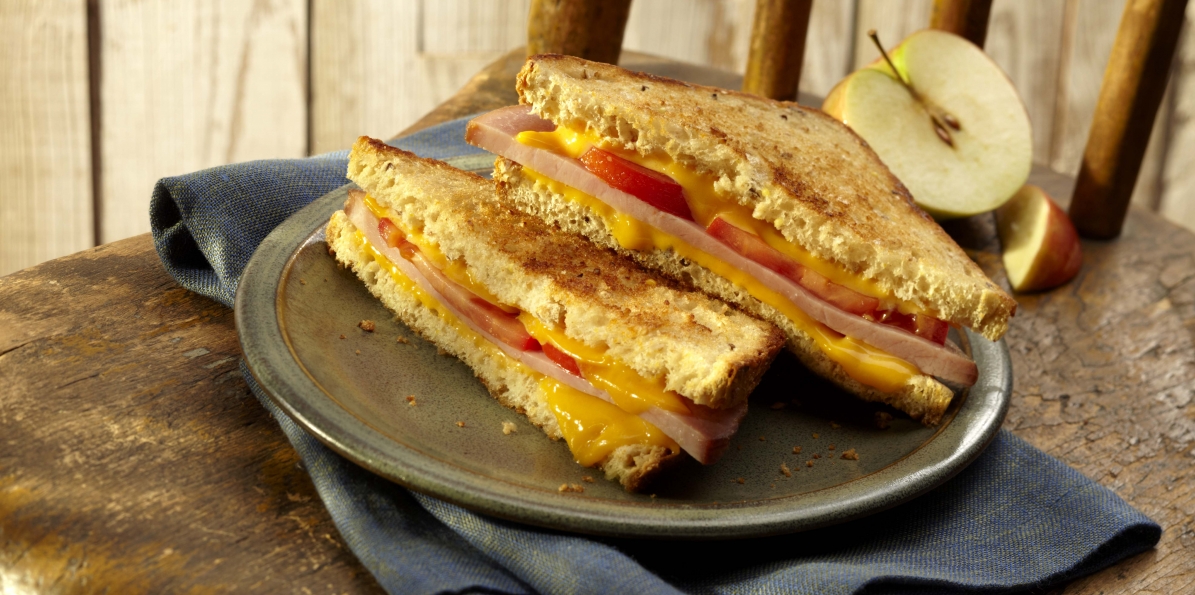

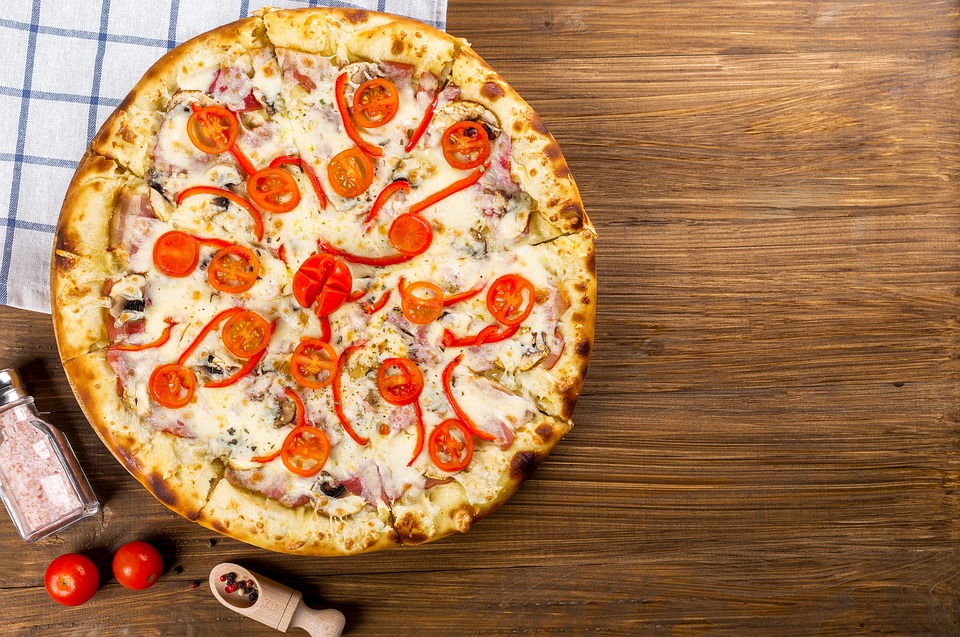



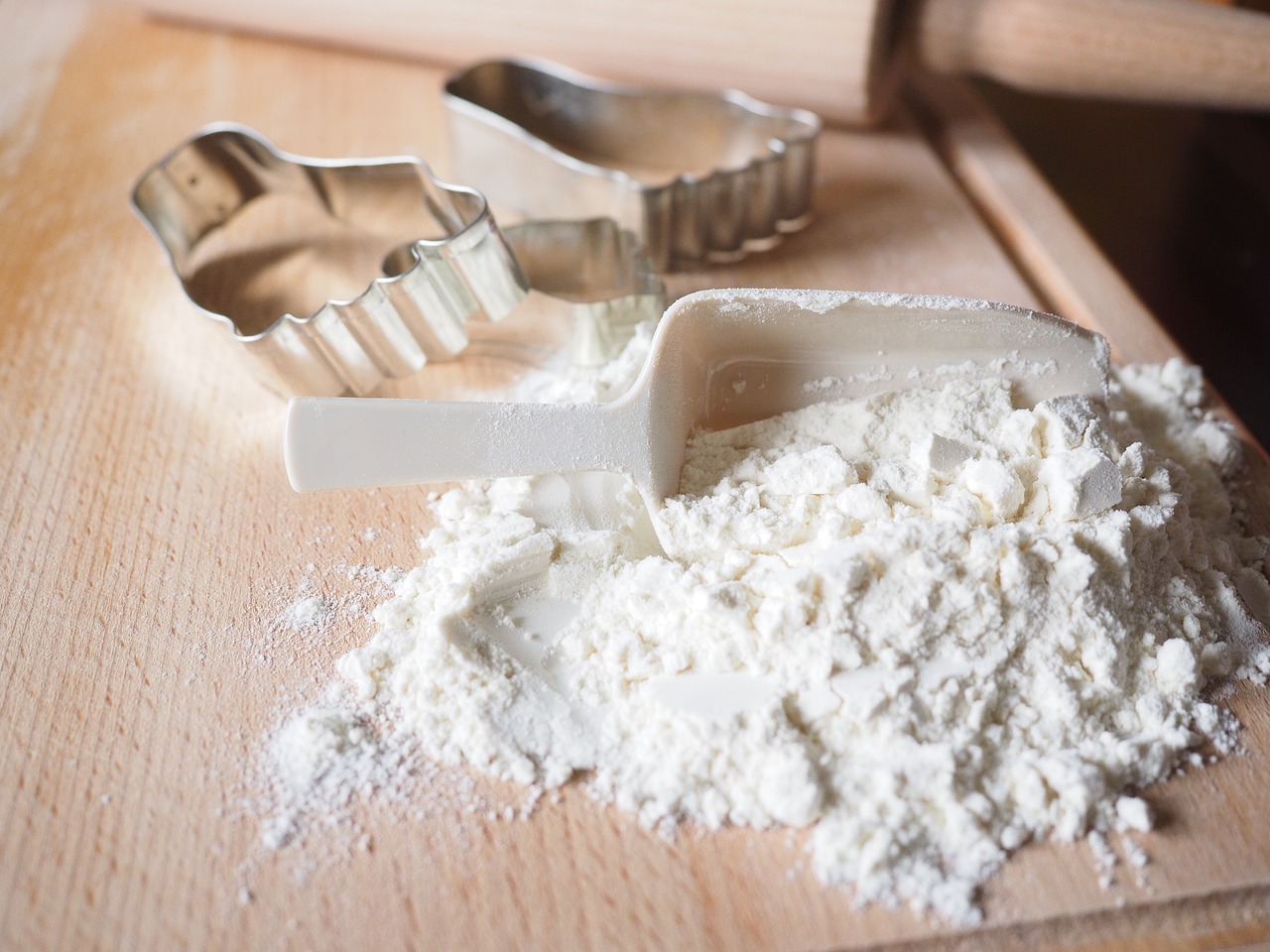
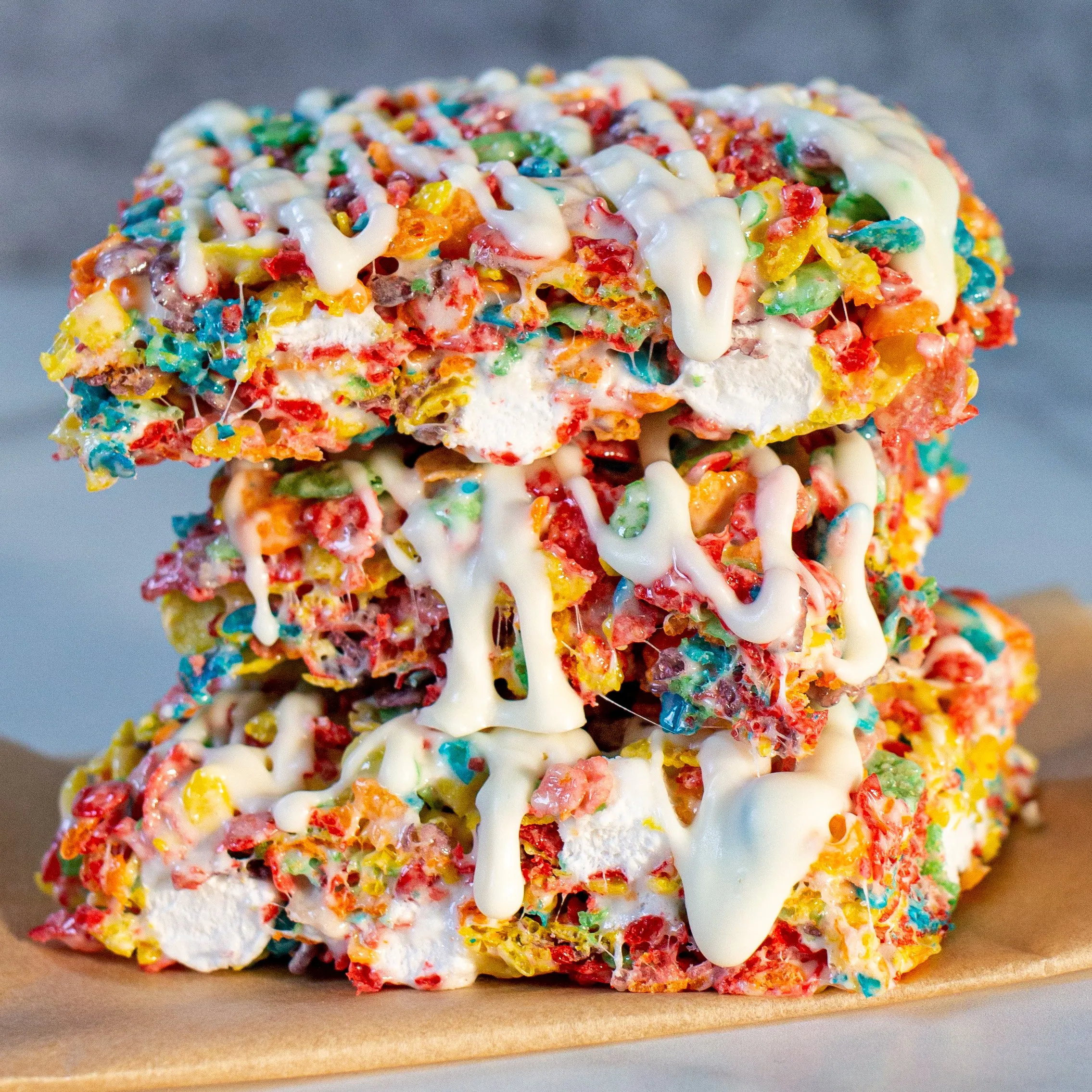
![How Long To Bake Chicken Wings At 400? [Best Method] How Long To Bake Chicken Wings At 400? [Best Method]](https://heartlandmiami.com/wp-content/uploads/2023/04/How-long-to-bake-chicken-wings-at-400.jpg)
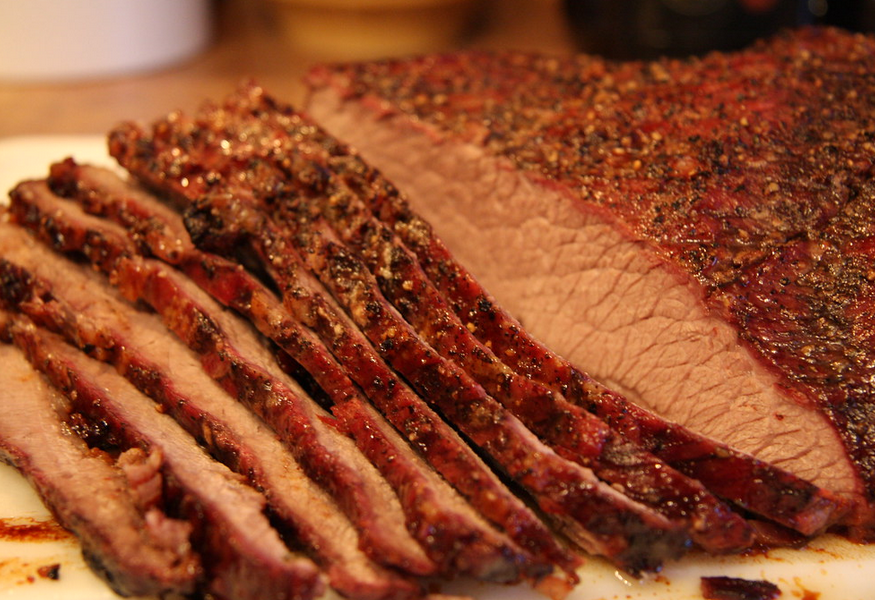
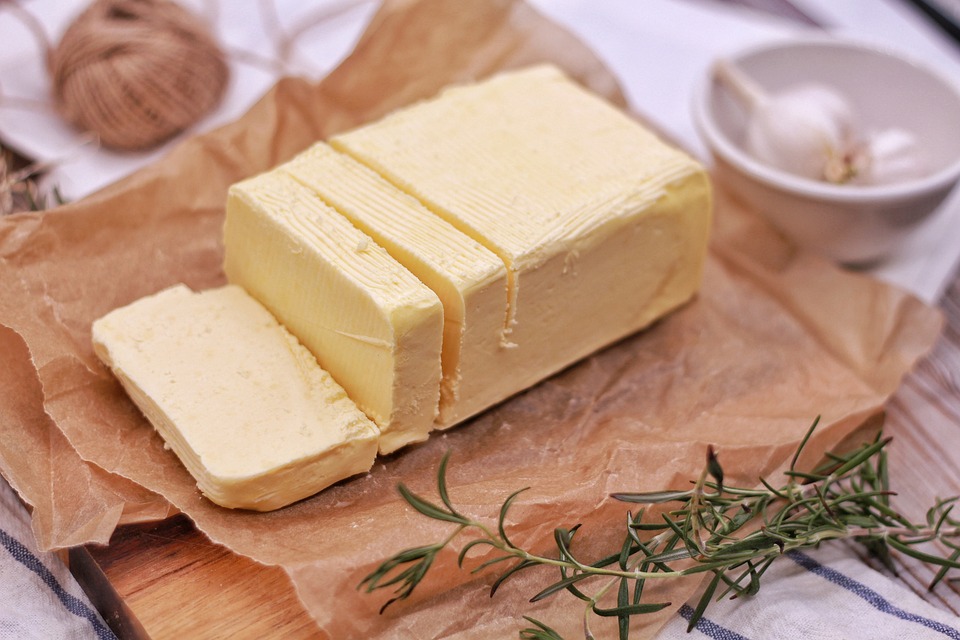
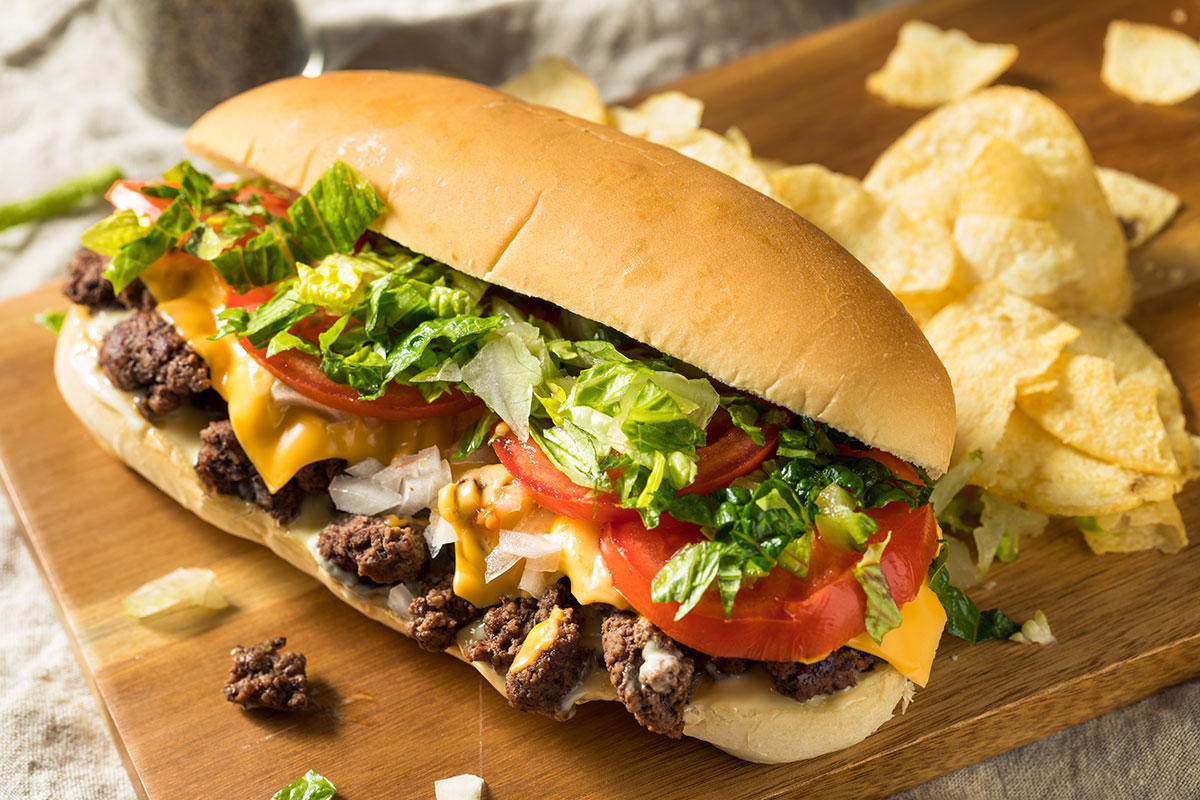

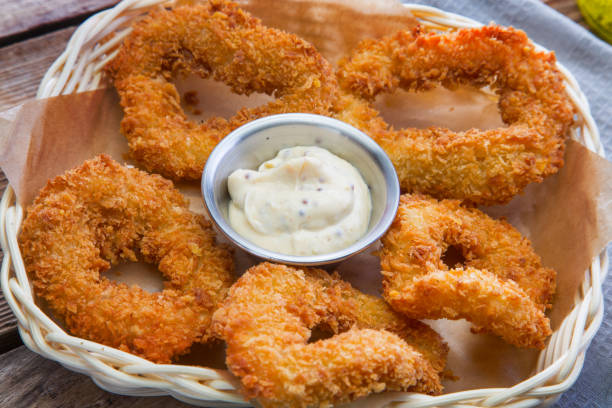
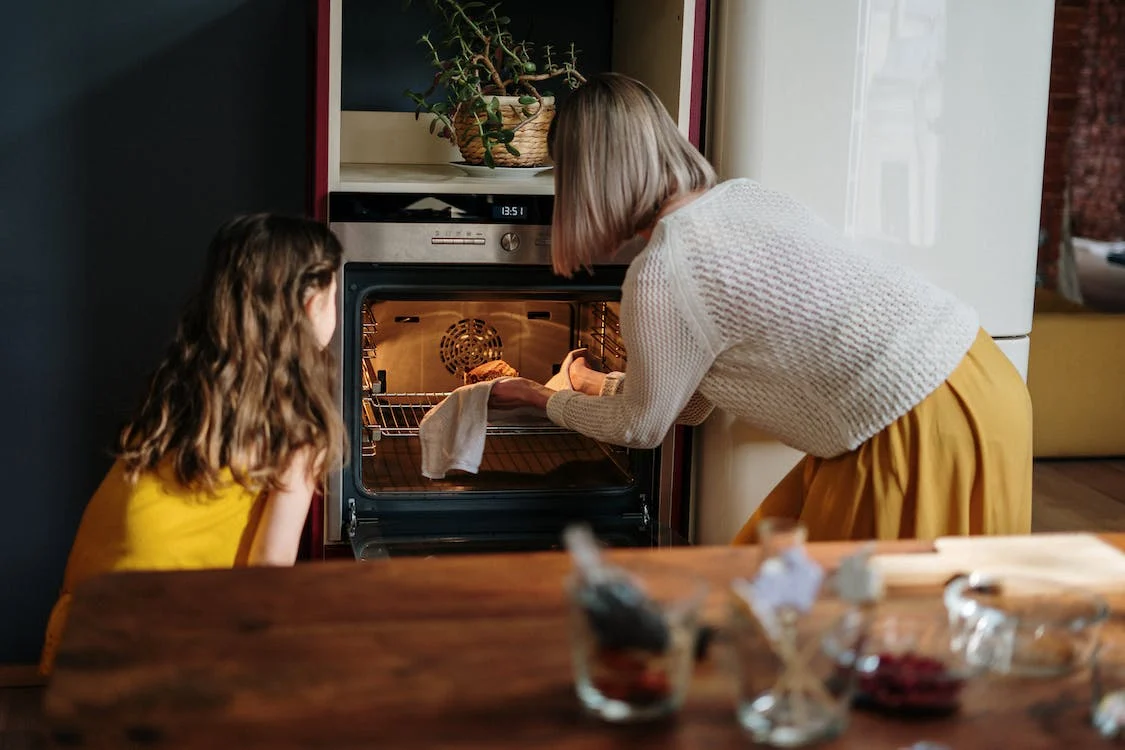
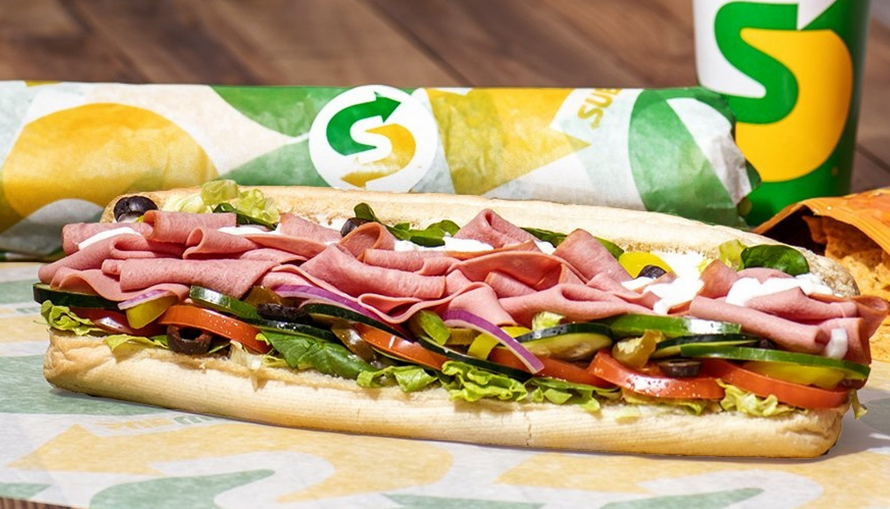


![How To Make Espresso Without A Machine? [05 Easy Methods] How To Make Espresso Without A Machine? [05 Easy Methods]](https://heartlandmiami.com/wp-content/uploads/2023/04/Benefit-of-making-espresso-without-a-machine.jpg)
